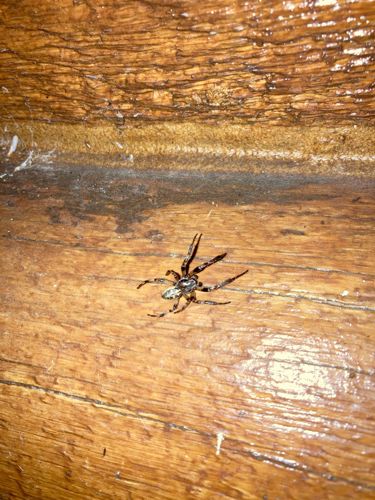Wolf Spider
Scientific Name: Family Lycosidae
Order & Family: Order Araneae, Family Lycosidae
Size: Body length typically ranges from 10 to 35 mm (0.4 to 1.4 inches), not including leg span. Females are generally larger than males.

Natural Habitat
Found in a variety of habitats including grasslands, forests, deserts, and even homes. They often live on the ground, under rocks, logs, or leaf litter.
Diet & Feeding
Predatory. They actively hunt and ambush prey rather than building webs to catch it. Their diet primarily consists of other insects and small invertebrates, such as crickets, grasshoppers, beetles, and even other spiders.
Behavior Patterns
Nocturnal hunters. They possess excellent eyesight and quick movements, relying on their speed and camouflage to catch prey. Females carry their egg sacs attached to their spinnerets and, after hatching, the spiderlings ride on their mother's back for several days.
Risks & Benefits
Potential risks: While their bite can be painful, similar to a bee sting, wolf spider venom is generally not considered medically significant to humans. Symptoms usually include mild pain, redness, and swelling at the bite site. Benefits: They are beneficial as natural pest control, helping to keep populations of other insects in check.
Identified on: 11/7/2025